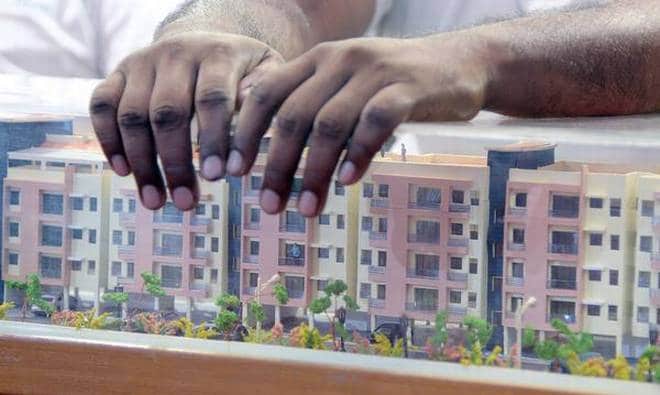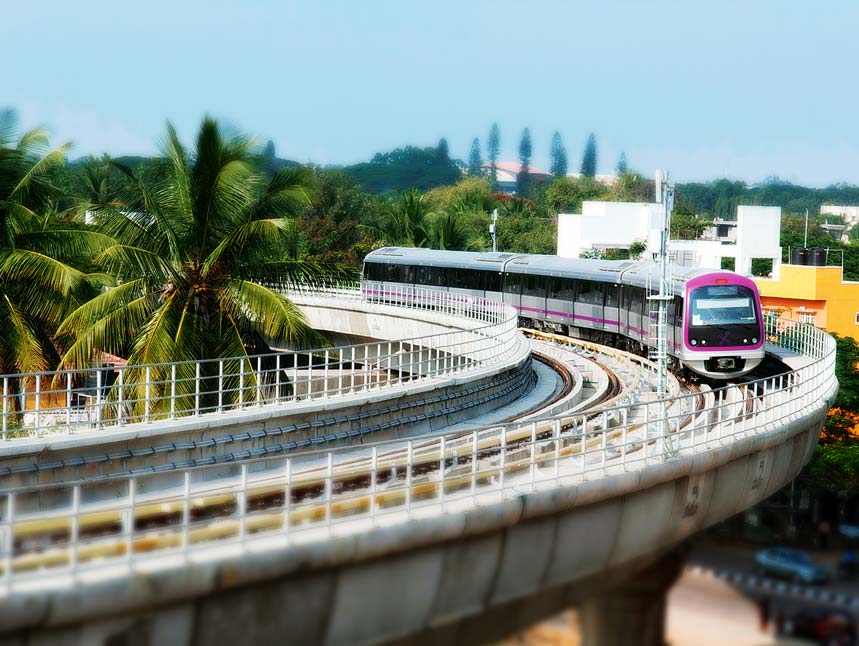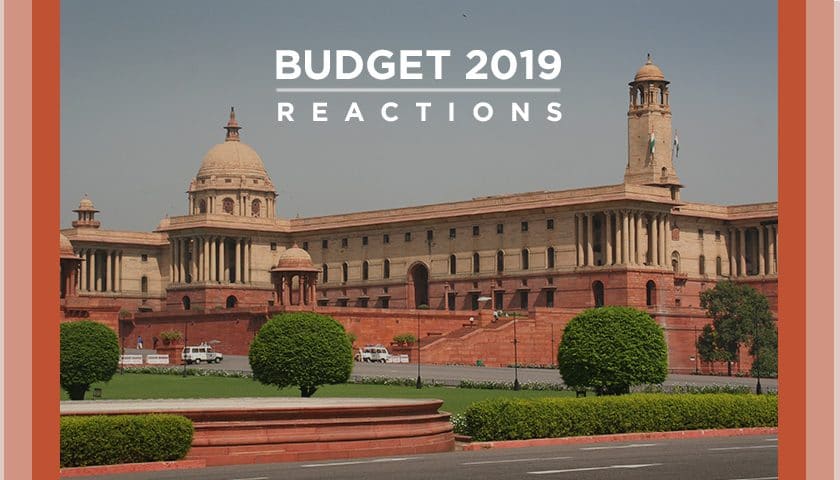Finance Minister Nirmala Sitharaman today presented the budget for 2019-2020. Hailing the budget, Prime Minister Narendra Modi said, “It is a citizen-friendly, development friendly budget.”
As far as real estate is concerned, the budget had a few hits and several misses. “Infrastructure stayed at the top of the government’s agenda. This is, of course, significant, since infrastructure development is one of the main propellers for economic growth,” said Anuj Puri, Chairman, ANAROCK Property Consultants.
Let’s take a look at some of the key proposals of the budget that will impact the real estate market and consumers.
Boost to affordable housing
For making “Housing for All” a reality, an additional deduction of up to Rs 1.5 Lakh for interest paid on home loans has been introduced. These are for loans taken up to March 31, 2020, for purchase of an affordable house valued up to Rs 45 Lakh. Till now, homebuyers were allowed deduction of Rs 2 Lakh on the interest paid on the home loan.
Thus, a person buying an affordable house will now get an enhanced interest deduction up to Rs 3.5 Lakh. This will translate into a benefit of around Rs 7 Lakh to the homebuyers over their loan period of 15 years.
“This will drive the much-needed urgency in sales and bring the fence-sitters back into the market soon,” said Surender Hiranandani, Founder & Director, House of Hiranandani.

Talking about Pradhan Mantri Awas Yojana Urban, the FM informed that about 81 Lakh houses have already been sanctioned at the cost of Rs 4.83 Lakh Crore. Of the 26 Lakh homes which are completed, 24 Lakh have already been delivered.
Under Pradhan Mantri Awas Yojana Gramin, a total of 1.5 Crore rural homes have been completed in the last five years. In the second phase of PMAY (R), another 1.95 Crore houses have been proposed to be delivered to the eligible beneficiaries. All the homes will be provided with toilets, electricity connections and LPG connections.
Another reform that is being widely celebrated is the increase in the carpet area limit. “Redefining the affordable segment and increasing the limit of carpet area in 60 square meters in metropolitan regions and 90 square meters in non-metropolitan regions is also a good step,” informed Mayur Shah, Managing Director Marathon Group & Former Chairman MCHI CREDAI.
Reforms to promote rental housing
Citing the current rental laws as ‘archaic’, Sitharaman said that several reform measures would be taken up to promote rental housing. This has come as a significant relief for people who stay on rent as the existing laws do not address the relationship between the Lessor and the Lessee realistically and fairly.
After a long wait, a Model Tenancy Law will also be finalised and circulated to the States.
“Given the housing shortage in the country and the objective’ Housing for All by 2022’, the announcement of new reforms for Rental housing will be a big boost to the sector. Currently, the high cost of houses and high property taxes lead to a low rate of return (ROR) from rental housing, making renting out an un-remunerative proposition. The new model tenancy is expected to balance the rights and responsibilities of both landlords and tenants that will make the rental market more efficient and streamlined across the country,” added Surender.
Other tax benefits
Further, deduction on interest to purchase self-occupied house property has been increased from Rs 1.5 Lakh to Rs 2 Lakh. Additionally, the holding period for long-term gain on the immovable property has been reduced from 36 months to 24 months.

Connectivity and infrastructure
The government plans to invest over Rs 100 Lakh Crore for infrastructure over the next five years. It a welcome move to put India in a high trajectory that will make it a $5trillion economy by 2024-2025.
“Connectivity is the lifeblood of an economy,” said Sitharaman in her speech. Indeed.

The budget has given a massive push to Pradhan Mantri Gram Sadak Yojana, industrial corridors, dedicated freight corridors, Bhartamala and Sagarmala projects, Jal Marg Vikas and UDAN Schemes.
While the industrial corridors would improve infrastructure availability for greater industrial investment in the catchment regions, the dedicated freight corridors would mitigate the congestion of our railway network benefitting the common man. The ambitious programme of Bharatmala would help develop national road corridors and highways, while Sagarmala would enhance port connectivity, modernisation and port-linked industrialisation.
Boost to student housing
The government’s plan to launch a ‘Study in India’ programme that will focus on bringing foreign students for higher education. For the same, it allocated Rs 400 Crore in FY20. This will act as a major catalyst to boost student housing in India.
Finance
The Reserve Bank of India (RBI) will now take over as the housing finance company (HFC) regulator from the National Housing Board (NHB). Also, REITs will be used under the asset monetisation strategy.
“Placing housing finance corporation over the circle of the RBI and incentives such as credit guarantees for NBFCs will grant relief to the real estate sector,” said Avneesh Sood, Director Eros Group.
Addressing the NBFC crisis
Liquidity has been a significant concern for the industry, which the government has tried to address to a certain extent in this budget.
“Public sector banks are now proposed to be further provided Rs 17,000 Crore of capital to boost credit,” informed Niranjan Hiranandani, President NAREDCO & Managing Director of Hiranandani Group.
Last words
While several measures have been announced by the Finance Minister to attract greater investments from all possible routes, the actual impact will be realised only post their effective implementation. “It definitely provides a good opportunity for all stakeholders to come together and move towards common goals,” said Anshuman Magazine, Chairman and CEO, India, South East Asia, Middle East and Africa, CBRE.


